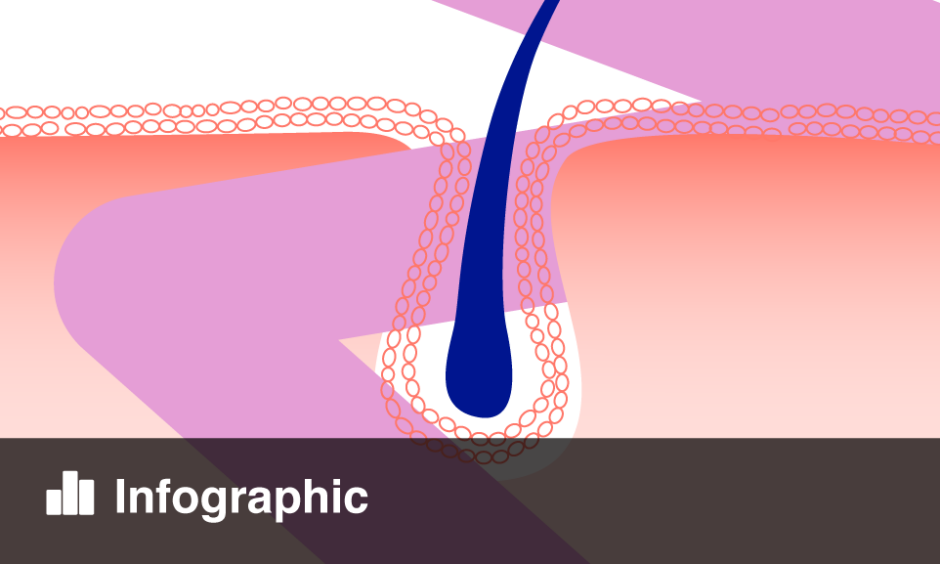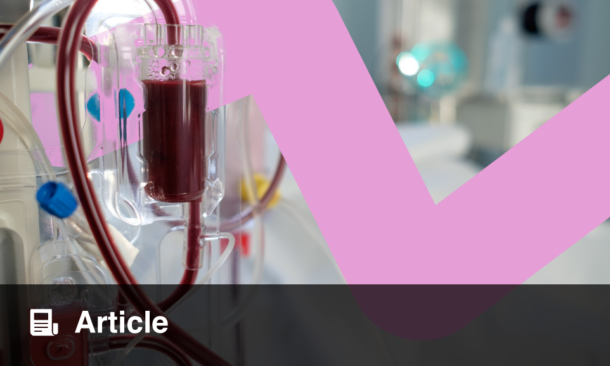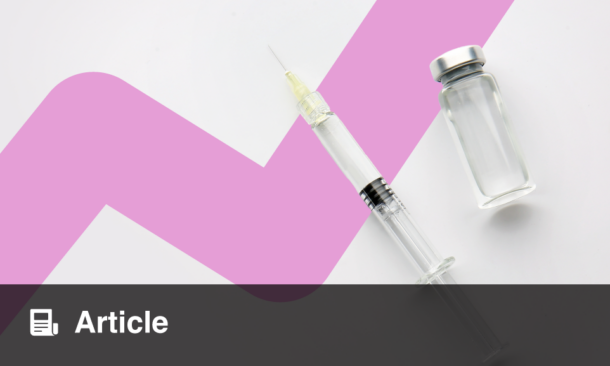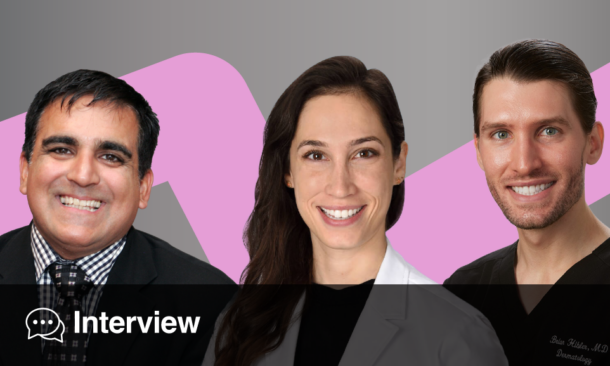Yagiz Matthew Akiska | MD Candidate, The George Washington School of Medicine and Health Sciences, Washington, D.C., USA; 2022 Summer Research Fellow at University of California San Francisco, Department of Dermatology, USA.
Citation: Dermatol AMJ. 2024;1[1]:41-42. https://doi.org/10.33590/dermatolamj/BUPQ3738.
![]()
Congratulations on achieving fourth place in the 2024 American Academy of Dermatology (AAD) Annual Meeting Poster Award, for your submission entitled ‘Low-Dose Oral Minoxidil Initiation and Monitoring (LOMI) For Hair Loss: A Modified Delphi Consensus of Experts’. Can you summarize the research presented in your poster?
Low-dose oral minoxidil (LDOM) has been gaining traction internationally as an alternative to topical minoxidil. Our team saw an opportunity to provide expert-based consensus guidelines to dermatologists, as well as practitioners in other fields who may treat hair loss, so that LDOM can be safely and effectively prescribed to treat various hair loss conditions.
After a detailed literature review of oral minoxidil, its pharmacokinetic properties, its adverse effect profile, and its use for the treatment of hair loss, we recruited 43 dermatologists from 12 countries specializing in hair loss, to participate in four modified Delphi survey rounds. Ultimately, our research yielded 78 items of consensus on the safety, efficacy, dosing, and monitoring of LDOM for hair loss.
Our expert panel agreed that LDOM can be safely prescribed to adults and adolescents (>12 years of age), and provides direct benefit to hair loss conditions in which there is follicular miniaturization and hair cycle disruption. It can also offer supportive benefit for several forms of scarring alopecia. Our expert panel agreed that LDOM usually demonstrates efficacy within 3–6 months, and that, in the absence of precautions, routine baseline testing is not needed. Our expert panel also reached consensus on when LDOM may be preferred over topical minoxidil, most commonly prescribed LDOM dosing ranges, screening (precautions and contraindications) and monitoring guidelines, as well as the use of adjunctive agents.
Why did you decide to focus your research on hair loss, and which challenges remain in this field?
I chose to focus on hair loss research because it is a topic close to my heart. Like many others, I’ve personally struggled with hair loss, and have tried numerous products and treatments. Despite my efforts, I experienced a plateau with my current regimens, which led me to question if there could be better options out there. This personal experience fueled my passion to explore alternative treatments, particularly LDOM, as it showed promise in clinical circles.
While small studies suggest LDOM’s safety and efficacy for hair loss, at the moment, larger studies are lacking. As the patient demand increases, we hope these best practice guidelines will be helpful to our colleagues, until more robust evidence-based data emerges.
How do you hope your research findings will affect the treatment and quality of life of patients with hair loss?
We anticipate that our research findings will have a profound impact on the treatment of many different forms of hair loss. By establishing consensus on key issues, such as LDOM safety, efficacy, and dosing, we hope clinicians will be empowered to make informed decisions, and tailor treatment plans to individual patient needs. Hair loss significantly affects mental health, as quality of life in patients suffering from hair loss can have a substantial impact on individuals’ psychological wellbeing, personality, and social aspects. We hope these guidelines, by leading to improved treatment outcomes, will enhance patient satisfaction, and ultimately improve quality of life for individuals struggling with hair loss. Our research aims to fill a critical gap in the field, and contribute to advancing the standard of care for patients with hair loss.
What are you most looking forward to at AAD 2024?
As a physician in training, I am most excited about attending AAD 2024 as it offers a unique opportunity to immerse myself in the latest advances in dermatology. I’m excited to engage with experts, network with peers, attend lectures and workshops, and stay updated on cutting-edge research. Sharing my 2 years’ worth of research, and forging new professional relationships with future colleagues are all on the horizon, poised to contribute to my growth and development as a dermatologist.
Considering your wider career, you completed a Bachelor of Science in Biomedical Engineering. How did this educational background motivate you to pursue a medical degree, and what valuable transferable skills did you acquire from this course?
One of the fundamental concepts taught in biomedical engineering, as it differs from other engineering fields, is working within the clinical realm, fostering a mindset of identifying gaps, and devising innovative solutions. The core principles instilled by my engineering education, such as systematic thinking and problem-solving, helped me as I approached various design aspects of the LOMI project, including framing our initial research question, designing surveys, and co-ordinating with experts globally.
What is next for your research team?
We’re excited to present our findings to another global audience at the 13th World Congress for Hair Research in Dallas, Texas, USA, this April. We are also preparing our project for publication. Looking ahead, we would be pleased to partner with our colleagues in pediatric dermatology to establish a similar set of consensus guidelines on the use of LDOM for pediatric hair loss.







